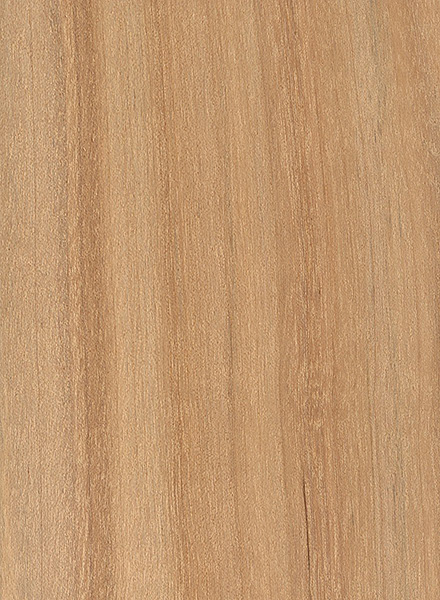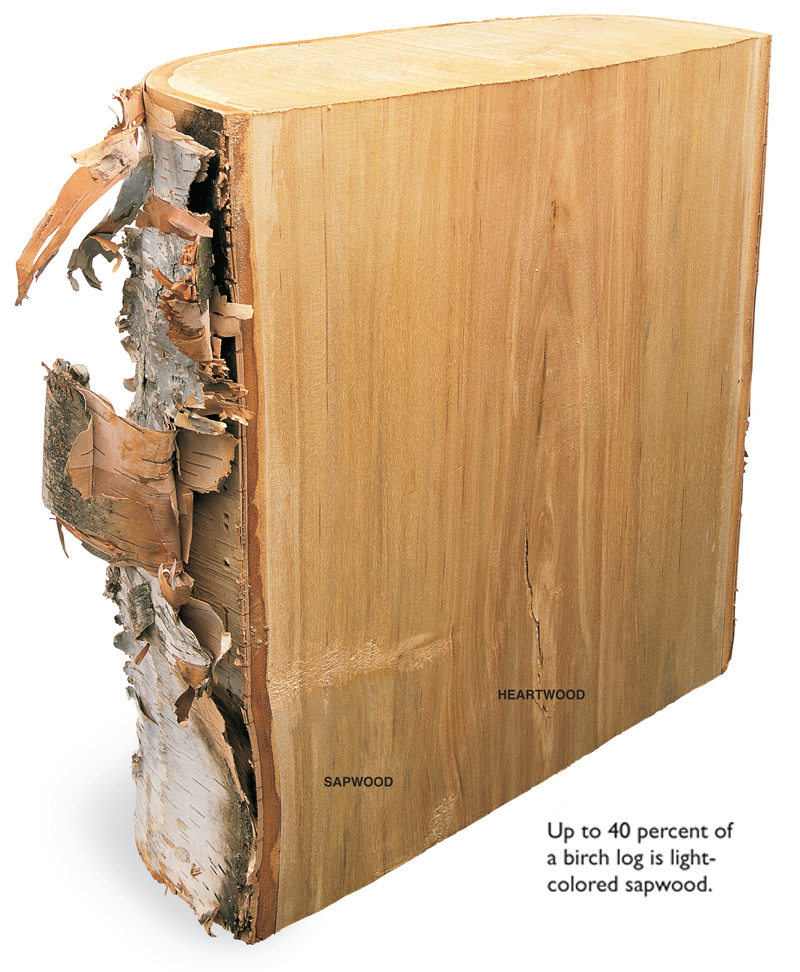If you’ve ever wondered, “is river birch good for woodworking?”, you’re in the right place! Let’s dive into this topic together and explore the possibilities. 🌳🪵
River birch, known for its elegance and unique bark, has caught the attention of woodworkers everywhere. But does it possess the qualities necessary for woodworking projects? Let’s find out! 🤔
In this article, we’ll uncover the characteristics of river birch and help you determine if it’s a good choice for your woodworking endeavors. So, grab your tools and let’s embark on this woodworking adventure! 🛠️✨

Is River Birch Good for Woodworking?
When it comes to woodworking, the choice of wood is crucial in determining the success and quality of a project. One wood that often sparks curiosity among craftsmen is the river birch. Known for its unique appearance and availability, river birch has found its way into the workshop of many woodworkers. But is river birch actually good for woodworking? In this article, we will explore the characteristics, uses, and benefits of river birch in the world of woodworking, providing you with valuable insights to help you make an informed decision.
The Characteristics of River Birch
River birch, scientifically known as Betula nigra, is a deciduous tree native to North America. This hardwood species is known for its distinct peeling bark, which ranges in color from cinnamon-brown to reddish-brown. The wood itself has a creamy white to light brown color, with subtle grain patterns that add visual interest to any project. While not as famous as other hardwoods like oak or walnut, river birch offers a unique rustic charm that appeals to many woodworkers.
In terms of strength and durability, river birch falls somewhere in the middle of the wood spectrum. It is not as hard as some hardwoods, such as maple or hickory, but it is stronger than softer woods like pine or cedar. This makes it suitable for a variety of woodworking projects, especially those that require a balance between strength and workability.
Another notable characteristic of river birch is its dimensional stability. This means that it is less prone to movement or warping with changes in humidity and temperature. Woodworkers appreciate this stability, as it allows for precise and stable construction, resulting in more accurate and long-lasting pieces.
Uses of River Birch in Woodworking
River birch has a wide range of uses in woodworking. Its unique appearance, combined with its physical properties, makes it suitable for both decorative and functional projects. Let’s explore some of its common applications:
- Furniture: River birch is often used to create exquisite furniture pieces. It can be crafted into tables, chairs, cabinets, and more. The creamy white color of the wood provides a versatile canvas, allowing woodworkers to experiment with different finishes and stains to achieve their desired look.
- Cabinetry: Due to its dimensional stability and moderate hardness, river birch is a popular choice for cabinetry. Its durability allows it to withstand the wear and tear of daily use, while its unique grain patterns add character to the finished product.
- Flooring: River birch can also be used for flooring applications. Its hardness provides stability, while its natural beauty adds warmth and elegance to any space.
These are just a few examples of the many ways river birch can be used in woodworking. Its versatility and distinctive aesthetic make it a valuable material for both professional woodworkers and hobbyists alike.
Benefits of Using River Birch
Using river birch in your woodworking projects comes with several benefits:
- Unique Aesthetic: River birch’s distinctive grain patterns and peeling bark make it stand out from more common hardwoods, giving your projects a unique and eye-catching look.
- Dimensional Stability: The wood’s resistance to movement and warping ensures the longevity and structural integrity of your finished pieces.
- Workability: River birch is relatively easy to work with, allowing woodworkers to shape, cut, and join it with common woodworking tools.
- Sustainability: River birch is a fast-growing tree species, making it a more sustainable choice compared to slower-growing hardwoods.
Considering these benefits, it’s no wonder that many woodworkers are drawn to river birch for their projects.
Best Practices for Working with River Birch
Now that we’ve explored the characteristics and uses of river birch, let’s delve into some best practices for working with this unique wood:
1. Proper Stock Selection
When choosing river birch for your project, select pieces that are free from defects such as knots, cracks, or excessive warping. This will ensure a smoother and more consistent woodworking experience.
2. Acclimation and Moisture Control
Like any wood, river birch needs to acclimate to its environment before use. This involves storing the wood in the same conditions as the final location for a period of time, allowing it to reach equilibrium moisture content. Proper moisture control throughout the woodworking process is also crucial to prevent warping or shrinking of the final product.
3. Sharp Tools and Proper Techniques
Using sharp and well-maintained tools will minimize tear-out and produce cleaner cuts. Additionally, employing proper woodworking techniques, such as using a cutting guide or practicing proper grain orientation, will result in more precise and professional-looking projects.
4. Finishing and Sealing
When finishing river birch, consider using a sealant or wood conditioner to prevent the wood from absorbing too much stain or finish. This will help achieve an even and consistent color.
5. Experimentation
Finally, don’t be afraid to experiment with different finishes, stains, or joinery techniques when working with river birch. Its unique aesthetic nature makes it a perfect wood to push the boundaries of your creativity and craftsmanship.
Conclusion
So, is river birch good for woodworking? The answer is a resounding yes. With its unique appearance, moderate strength, dimensional stability, and wide range of uses, river birch offers woodworkers a versatile and appealing material to create functional and beautiful projects. By following the best practices outlined in this article, you can maximize the potential of river birch and unleash your creativity in the workshop.
Key Takeaways: Is River Birch Good for Woodworking?
- River birch is a good choice for woodworking projects.
- It has a beautiful grain pattern that adds character to finished pieces.
- The wood is relatively easy to work with using basic woodworking tools.
- River birch is known for its durability and resistance to decay.
- It is suitable for indoor and outdoor projects, such as furniture and outdoor decking.
Frequently Asked Questions
Welcome to our guide on river birch and woodworking. Below are some common questions about river birch and its suitability for woodworking projects. Read on to learn more!
1. What are the characteristics of river birch wood?
River birch wood is known for its unique qualities that make it popular among woodworkers. It has a fine texture with a straight grain pattern, making it easy to work with. The wood ranges in color from pale yellow to light brown, often with darker streaks and knots, adding character to the finished projects.
In addition, river birch wood has good strength and durability, making it suitable for various woodworking applications such as furniture, cabinets, and flooring. It also has decent rot resistance and can withstand moisture, making it suitable for outdoor projects like decks and fences.
2. Is river birch easy to work with?
Yes, river birch is generally considered easy to work with, especially for beginners in woodworking. Its fine texture and straight grain make it easy to cut, shape, and sand. It doesn’t require excessive force or specialized tools to achieve smooth surfaces.
However, it’s important to note that river birch can have variations in hardness, so it’s recommended to use sharp tools and take care when working with the wood. It’s always a good idea to perform tests and practice on scrap pieces before embarking on your main woodworking project.
3. Does river birch have any special considerations when finishing?
When it comes to finishing river birch wood, there are a few considerations to keep in mind. Due to its open grain structure, it tends to absorb finishes more readily than some hardwoods. It’s advisable to use a wood conditioner or pre-stain treatment to ensure an even absorption of stains or finishes.
Additionally, river birch can have areas with a higher resin content, which may cause blotching when stained. To mitigate this, using a gel stain or a dye stain specifically formulated for blotch-prone woods can help achieve a more consistent finish. It’s always a good practice to test the stain or finish on a small inconspicuous area before applying it to the entire project.
4. Can river birch be used for outdoor woodworking projects?
Yes, river birch can be used for outdoor woodworking projects. It has a decent natural resistance to rot and is often used for exterior trim, decking, and outdoor furniture. However, it’s essential to apply a suitable outdoor finish or a protective coating to enhance its durability and longevity when exposed to the elements.
Regular maintenance, such as periodic refinishing and sealing, can also help prolong the lifespan of river birch in outdoor applications. It’s good practice to follow the manufacturer’s instructions for the specific finish or protective coating you choose for your outdoor project.
5. Are there any environmental concerns associated with using river birch?
River birch is considered an environmentally friendly choice for woodworking projects. It is classified as a sustainable wood due to its relatively fast growth rate and wide availability. Using river birch for woodworking helps reduce the demand for more endangered or slow-growing wood species.
However, it’s still important to ensure that the river birch wood you’re using is sourced sustainably. Look for reputable suppliers who practice responsible forestry and have certifications such as the Forest Stewardship Council (FSC) or other recognized sustainability standards.

River Birch Wood – Watch us saw it up!
Summary
The river birch is a good choice for woodworking because of its durable and flexible qualities.
When used for projects like furniture or cabinets, river birch provides strength and resistance to warping.
Its attractive grain pattern and smooth texture also make it a popular choice for decorative woodworking.
However, it is important to note that the river birch may be susceptible to insects and rot, so proper treatment is necessary.
Overall, if you’re looking for a wood that’s easy to work with and produces beautiful results, consider using river birch for your woodworking projects!
